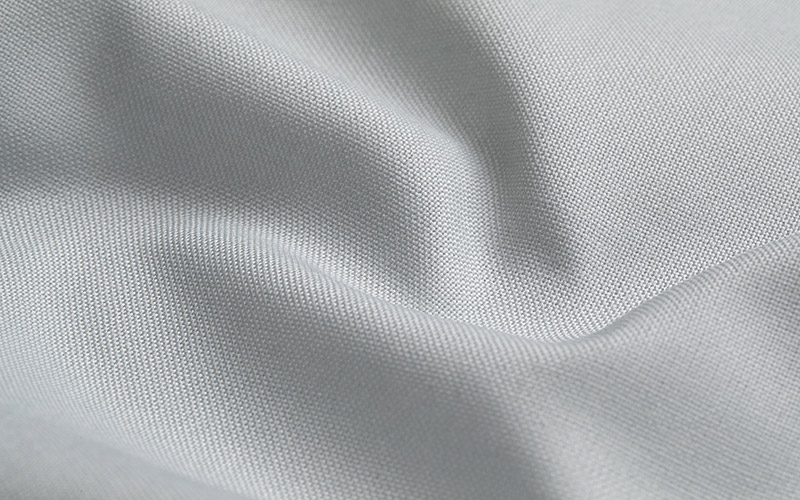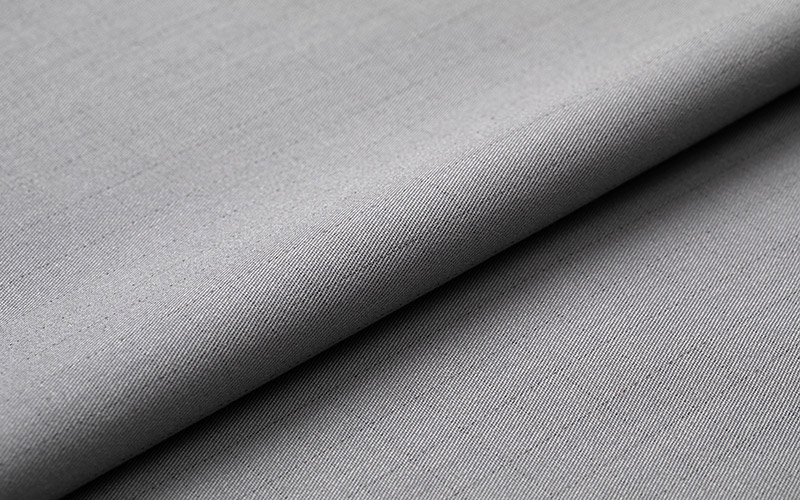
What are the organizational structures of functional fabrics?
2024-08-06 10:53
The reason why functional fabrics can be widely used in many fields is that in addition to the characteristics of the material itself, the organizational structure of the fabric is also a key factor that determines its performance. Different organizational structures not only affect the appearance and feel of the fabric, but also have an important impact on its durability, breathability, waterproofness and other functional indicators. Do you know what are the common organizational structures of functional fabrics?
Plain weave: the epitome of stability and breathability
Plain weave, the most basic structure of fabric, adopts the simplest interweaving method. Each warp and weft thread alternates across each other, creating a fabric that is identical on both sides. Dense interweaving points make the fabric surface smooth and firm. The biggest feature of this structure is that there is almost no difference between the front and back sides, which not only ensures wearing comfort, but also gives the fabric good wear resistance and breathability.

Twill weave: the perfect combination of elasticity and stiffness
Compared with the simplicity of plain weave, twill weave stands out with its unique diagonal grain and excellent elasticity. In the twill weave, the warp and weft yarns have relatively few interlacing points and the floating threads are long. This structure gives the fabric good elasticity and a soft feel. At the same time, due to the high density of the tissue fabric, the product appears thicker and has a strong three-dimensional effect.
Some functional twill fabrics have improved the fabric's warmth retention, waterproofing and other properties by adding special fibers or processing techniques, further meeting the diversified needs of consumers.

Satin weave: synonymous with luxury and elegance
Satin weave has become a leader among high-end fabrics with its smooth and delicate surface and excellent drape. In a satin weave, the warp and weft yarns are interlaced less often, resulting in almost all of the fabric surface being covered by the warp and weft yarns, resulting in a smooth, shiny appearance. This unique structure gives satin fabric a soft and lustrous texture, making it stand out among other fabrics.








